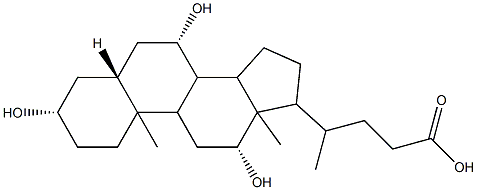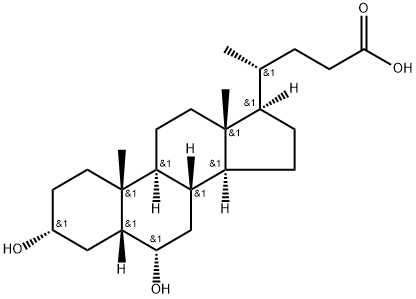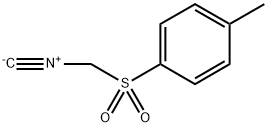GALL , ≥42% , 8008-63-7
Synonym(s):
Bile acids;Hog Bile Powder;Ox gall powder
CAS NO.:8008-63-7
Empirical Formula: C24H40O5
Molecular Weight: 408.571
MDL number: MFCD00217388
EINECS: 232-369-0
| Pack Size | Price | Stock | Quantity |
| 100g | RMB144.00 | In Stock |
|
| 500g | RMB504.00 | In Stock |
|
| others | Enquire |
PRODUCT Properties
| Density | 1.26[at 20℃] |
| vapor pressure | 0Pa at 20℃ |
| storage temp. | Store at RT. |
| solubility | 1150g/l |
| form | powder |
| color | Yellow to brown |
| PH | 5.5-7.5 (50g/l, H2O, 20℃) |
| biological source | Porcine |
| Water Solubility | 1730g/L at 20℃ |
| LogP | -3.1 at 20℃ |
| EPA Substance Registry System | Bile, extract (8008-63-7) |
Description and Uses
Ox bile extract, also known as purified oxgall and sodium choleate, is obtained by evaporating the alcohol extract of concentrated bile.
It is a mixture of varying amounts of the salts of the bile acids,
lipid materials such as cholesterol and lecithin, choline compounds,
glycocol and other substances. The bile acids, which occur
as sodium salts in the bile of most vertebrates, are derivatives of
the steroid cholanic acid. Cholic acid is 3,7,12-trihydroxycholanic
acid; desoxycholic acid is 3,12 dihydroxy-5-cholanic acid; glycocholic
acid is cholylglycine; and taurocholic acid is cholyltaurine.
Bile salts and hence bile extract are useful in some foods because
of their emulsifying and surfactant properties. Cholic acid, desoxycholic
acid, glycocholic acid, taurocholic acid, and bile extract are
“generally recognized as safe”.
Safety
| Symbol(GHS) |  GHS07 |
| Signal word | Warning |
| Hazard statements | H317-H315-H319-H302 |
| Precautionary statements | P264-P280-P305+P351+P338-P337+P313P-P261-P272-P280-P302+P352-P333+P313-P321-P363-P501-P264-P270-P301+P312-P330-P501-P264-P280-P302+P352-P321-P332+P313-P362 |
| WGK Germany | 3 |
| RTECS | DU3006500 |






